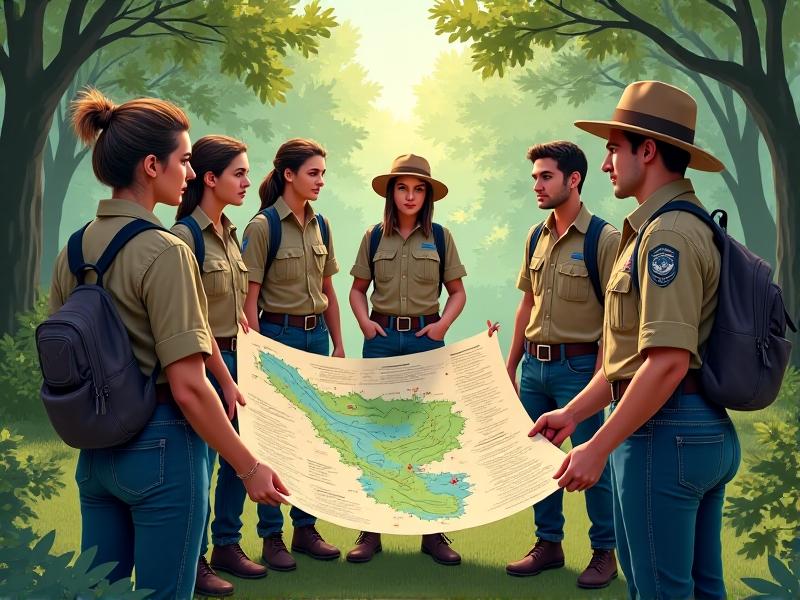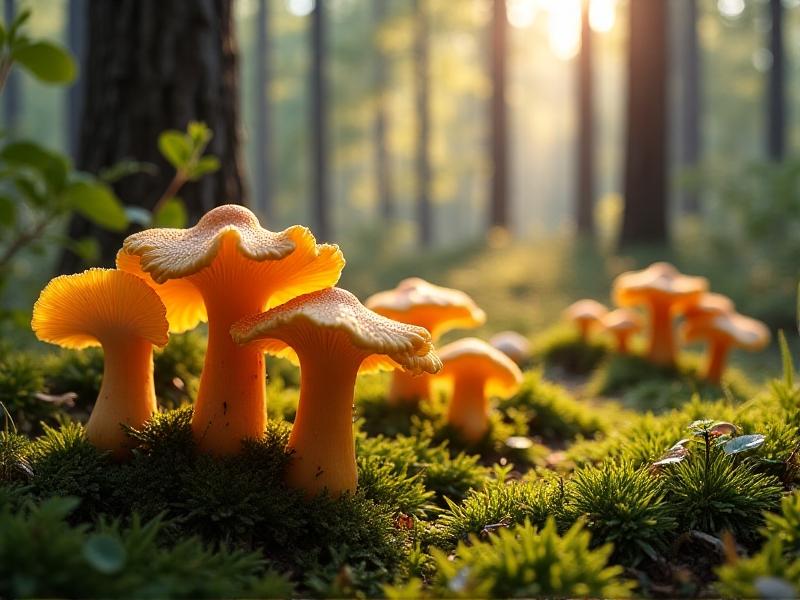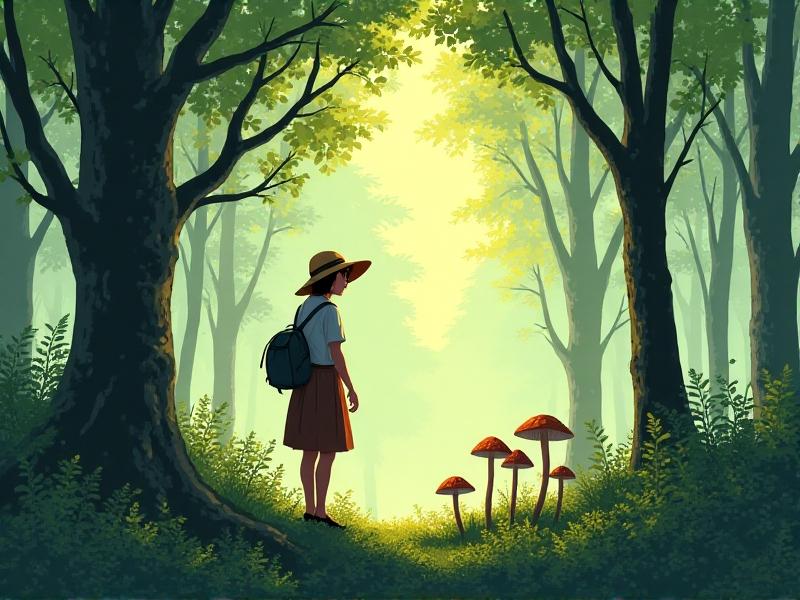Partnering with Park Authorities to Develop Sustainable Foraging Policies
The Importance of Sustainable Foraging in Public Parks
Public parks are more than just recreational spaces; they are vital ecosystems that support biodiversity and provide resources for local communities. Sustainable foraging, the practice of harvesting wild plants and fungi in a way that ensures their continued growth and ecological balance, has gained traction as a way to connect people with nature while preserving these green spaces. However, without proper guidelines, foraging can lead to habitat destruction and resource depletion.
Park authorities play a crucial role in balancing the needs of foragers with the health of the ecosystem. By developing sustainable foraging policies, they can ensure that these activities contribute to conservation efforts rather than detract from them. This partnership between foragers and park authorities is essential for fostering a culture of respect and responsibility toward nature.

Understanding the Ecological Impact of Foraging
Foraging, when done irresponsibly, can have significant ecological consequences. Overharvesting of plants and fungi can disrupt local ecosystems, reduce biodiversity, and harm wildlife that depends on these resources. For example, removing too many wildflowers can affect pollinators like bees and butterflies, while excessive mushroom picking can disrupt the nutrient cycle in forests.
To mitigate these impacts, it’s essential to understand the ecological roles of the species being harvested. Park authorities can collaborate with ecologists and botanists to identify which plants and fungi are resilient to foraging and which are more vulnerable. This knowledge can inform policies that prioritize the protection of sensitive species while allowing sustainable harvesting of others.

Collaborating with Park Authorities: A Win-Win Approach
Effective sustainable foraging policies require collaboration between foragers and park authorities. Foragers bring valuable traditional knowledge and a passion for nature, while park authorities provide the regulatory framework and scientific expertise needed to protect ecosystems. Together, they can create policies that benefit both people and the environment.
One successful example of this collaboration is the establishment of designated foraging zones in parks. These areas are carefully monitored to ensure that harvesting practices are sustainable, and they often include educational signage to inform visitors about responsible foraging. By working together, foragers and park authorities can foster a sense of stewardship and ensure that public parks remain vibrant and biodiverse.

Educating the Public: The Role of Awareness Campaigns
Education is a cornerstone of sustainable foraging. Many people are unaware of the ecological impact of their actions or the proper techniques for harvesting wild plants and fungi. Park authorities can play a key role in raising awareness through public campaigns, workshops, and informational materials.
For example, workshops on plant identification and sustainable harvesting techniques can empower foragers to make informed decisions. Informational brochures and signs in parks can also remind visitors of the importance of leaving no trace and respecting wildlife. By fostering a culture of mindfulness, park authorities can help ensure that foraging remains a positive force for conservation.
Monitoring and Enforcement: Ensuring Compliance
Even with the best policies in place, monitoring and enforcement are essential to ensure compliance. Park authorities can use a combination of ranger patrols, community reporting, and technology to track foraging activities and address violations. For example, some parks have implemented smartphone apps that allow visitors to report suspicious activities or seek guidance on sustainable practices.
Enforcement should be balanced with education, focusing on fostering a sense of responsibility rather than punitive measures. By working closely with the foraging community, park authorities can create a culture of accountability and ensure that sustainable foraging policies are upheld.
Case Studies: Successful Sustainable Foraging Initiatives
Around the world, several parks and communities have implemented successful sustainable foraging initiatives. For example, in the UK, the Royal Botanic Gardens at Kew has partnered with local foragers to promote the sustainable harvesting of wild plants. Similarly, in the United States, the National Park Service has developed guidelines for foraging in protected areas.
These case studies demonstrate the potential of collaborative efforts to promote sustainable foraging. By learning from these examples, park authorities can adapt best practices to their own contexts and create policies that benefit both ecosystems and communities.
The Future of Sustainable Foraging in Public Parks
As interest in foraging continues to grow, the need for sustainable policies will only become more pressing. Park authorities have a unique opportunity to lead the way in promoting practices that balance human needs with ecological health. By fostering collaboration, education, and innovation, they can ensure that public parks remain vibrant and accessible for generations to come.
The future of sustainable foraging lies in a shared commitment to conservation and community. With the right policies and partnerships, we can create a world where foraging is not just a way to connect with nature, but a force for its protection.








